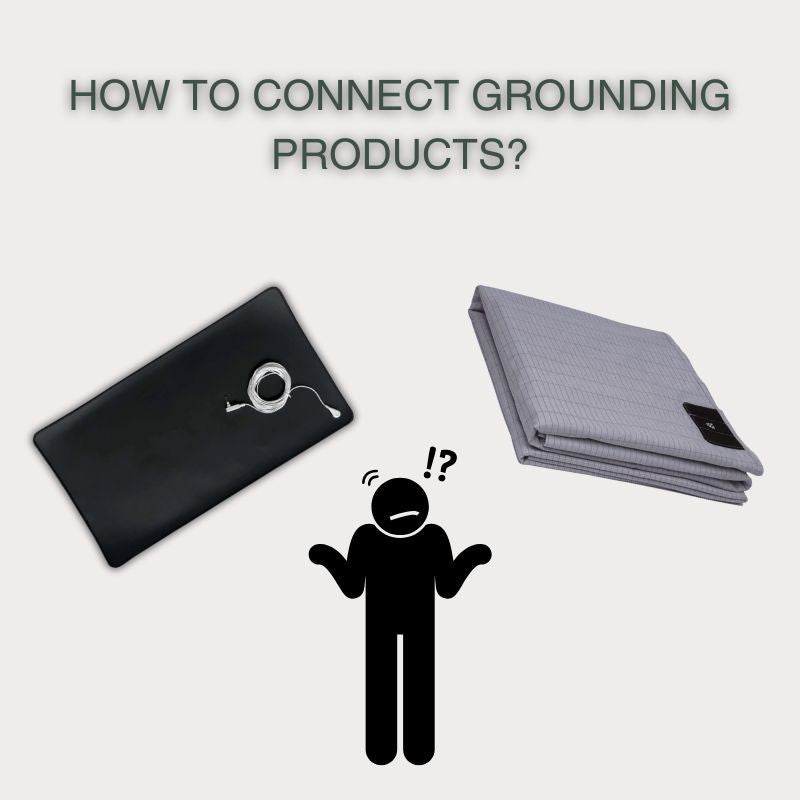
How to connect earthing products to ground?
How to Properly Connect Your Grounding Sheet or Mat: A Complete Guide
Grounding (or earthing) sheets and mats are powerful tools designed to reconnect you with the Earth’s natural energy. However, to benefit fully from their effects—like better sleep, reduced inflammation, and faster recovery—you must ensure they are properly connected to a grounding source. In this post, we’ll walk you through the three main methods to ground your sheet or mat: via a power socket, an outdoor grounding rod, or a grounded element inside your home like a water pipe or radiator.
1. Using a Grounded Power Socket (Most Common in Homes)
Most grounding products are designed to connect easily to a standard grounded wall socket.
How to do it:
-
Use the grounding cord that comes with your product. One end connects to the snap on your sheet or mat, the other to the grounding plug.
-
Insert the grounding plug into the earth (ground) port of your wall socket. In most European sockets, this is the two metal clips on the sides; in US sockets, it’s the round hole.
-
Important: The socket must be properly grounded! You can test it with a socket tester or continuity tester, which are inexpensive and easy to use.
Tip: If you’re unsure whether your socket is grounded, contact a qualified electrician before using this method.
2. Using a Grounding Rod (Direct Earth Connection)
This method is ideal if you want a more direct connection to the Earth or if your building’s wiring isn’t reliably grounded.
How to do it:
-
Insert the grounding rod into moist soil outside, ideally near your bedroom or workspace.
-
Run the grounding cord through a window or door and attach it to your sheet or mat.
-
Make sure the connection stays dry and the wire is protected from damage (e.g., pinching in a window).
Tip: This is especially useful for older homes or rural areas with uncertain electrical systems.
3. Connecting to an Indoor Ground Source (e.g., Radiator or Water Pipe)
In older apartments or houses, you may not have a grounded socket—but some elements like metal water pipes or central heating radiators might be grounded.
How to do it:
-
Attach a grounding clip or strap to an unpainted metal part of the radiator or pipe.
-
Run the wire from the clip to your mat or sheet.
-
Important: Pipes must be part of a grounded metal plumbing system—not plastic. This method should only be used if you're confident in the grounding.
Tip: You can use a continuity tester to check whether the metal part is indeed grounded.
Final Check: Always Test Your Connection
To make sure your setup is working:
-
Use a simple ground continuity tester made for grounding products. These indicate if there's a live connection between your grounding point and the sheet/mat.
-
Alternatively, a multimeter can measure voltage drop when you touch the grounded surface—an indirect way of verifying the connection.
